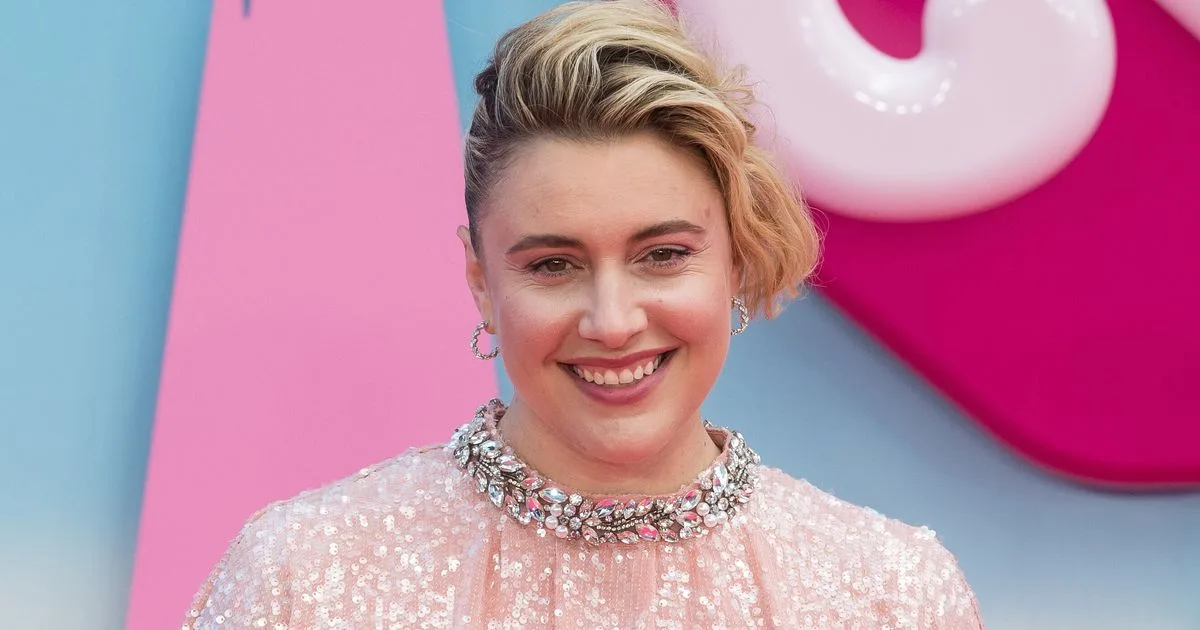The great success of Greta Gerwig «barbie» made headlines in 2023, earning over $1 billion at the box office and becoming one of the biggest cultural phenomena of the year. But Gerwig's successful journey from independent filmmaking to the highest-grossing film of 2023 — and the highest-grossing film directed by a woman in history — remains the exception to the norm. The club of directors at the helm of the biggest Hollywood films remains above all a Mojo Dojo Casa House, the male residence of Ken (Ryan Gosling) in his film.
Women, people of color, and especially women of color, remain woefully underrepresented in the director's chair on major theatrical releases. It's a persistent problem every year, and 2023 was unfortunately no different, according to the latest research from the University of Southern California Annenberg Inclusion Initiativewho gathered representation and inclusion data in Hollywood since 2007.
Based on the initiative's data, it became increasingly clear that recent promises by Hollywood's gatekeepers to hire more directors from underrepresented communities were “performative acts on the part of the entertainment industry and not real measures to drive change,” said the group, founded by USC Professor Stacy. Smith, wrote in his latest report, the findings of which were released Tuesday.
Year after year, the initiative found minimal changes in the proportion of women and people of color directing major films. For example, over the past 17 years, only 19 women of color have directed at least one of the 100 top-grossing films at the box office each year (out of a total of 1,700 films between 2007 and 2023), according to data from the band. .
Four of them were in 2023: Adele Lim (“Tower of joy“), Céline Song (“Past lives“), Fawn Veerasunthorn (“Wish”) and Nia DaCosta (“Wonders), who was the only black woman to direct a major box office film last year. These four women of color represented just 3.4% of the directors behind the 100 highest-grossing films of 2023. This figure was just as low in 2022, when 2.7% of the directors of the highest-grossing films were women of color .

Dimitrios Kambouris via Getty Images
Overall, women have also made little, if any, progress in achievement in recent years. Only 12.1% of the directors of the top 100 box office films of 2023 were women – barely a difference from 2022, when the figure was 9%, according to the report. “The percentage has not changed significantly since 2018, when 4.5% of directors were women,” the report said. On average over the 17 years covered by the group's data, only 6% of directors of major films were women.
“These numbers are not just data points on a graph,” Smith said in a statement. “They represent real, talented women striving to have lasting careers in an industry that will not hire them for jobs they are qualified for solely because of who they are.” »
Directors of color have seen a similar lack of progress. Among the 100 highest-grossing films of 2023, 26 directors (22.4%) were people of color. When broken down by race and ethnicity, 14 were Asian (53.8%), eight Black (30.8%), two Hispanic/Latino (7.7%), and two multiracial or multiethnic (7.7%). Once again, there was no notable improvement compared to 2022, when the figure was 20.7%. Both years marked a decline from 2021's 27.3% of directors of color. According to the group's data, there has been no significant change for these directors since 2016, when 13.3% of filmmakers behind the big films of the year were people of color.
Breaking down the best films of 2023 by studio and distributor, the group found that much of the work recruiting color directors came from smaller independent distributors like A24, Crunchyroll, Angel Studios and United Artists Releasing, rather than the big ones Hollywood studios. .
Year after year, the group's conclusions, with similar studies elsewhere, have continually identified a pipeline problem. Compared to their white male counterparts, most women and people of color are not given the chance to climb the ranks, from directing independent films to episodes of major television shows, to streaming movies and , ultimately, great successes at the box office. In other words, the larger the project, the more likely it is that a white man will be hired to lead it.
To provide insight into the problem, the researchers compared three different levels of staging. For example, on average, nearly 55% of directors competing over the past four years in the Sundance Film Festival's American Drama category – which includes independent films – were women, and 52% were people of color. For episodic television, 38% of directors in the 2020-2021 television season were women and 34.5% were people of color, according to data from the Directors Guild of America. And among Netflix original feature films in 2021, 26.9% of female directors were women, while 22.4% were people of color.
Given the declines at every level, it's no wonder the percentages of women and people of color leading Hollywood's top echelons are so low.
These numbers clearly demonstrate that industry leaders and key executives with the power to greenlight films have failed to deliver on repeated promises to hire and support a more diverse range of directors, according to the group.
“This report contrasts with those who may be celebrating the dawn of change in Hollywood after a year in which 'Barbie' dominated the box office. One film or one director is simply not enough to create the radical change that is still needed behind the camera,” the researchers wrote in the report.
“Until studios, executives and producers change the way they decide who is qualified and available to work as a director on blockbuster films, there is little reason to believe optimism is justified. “

